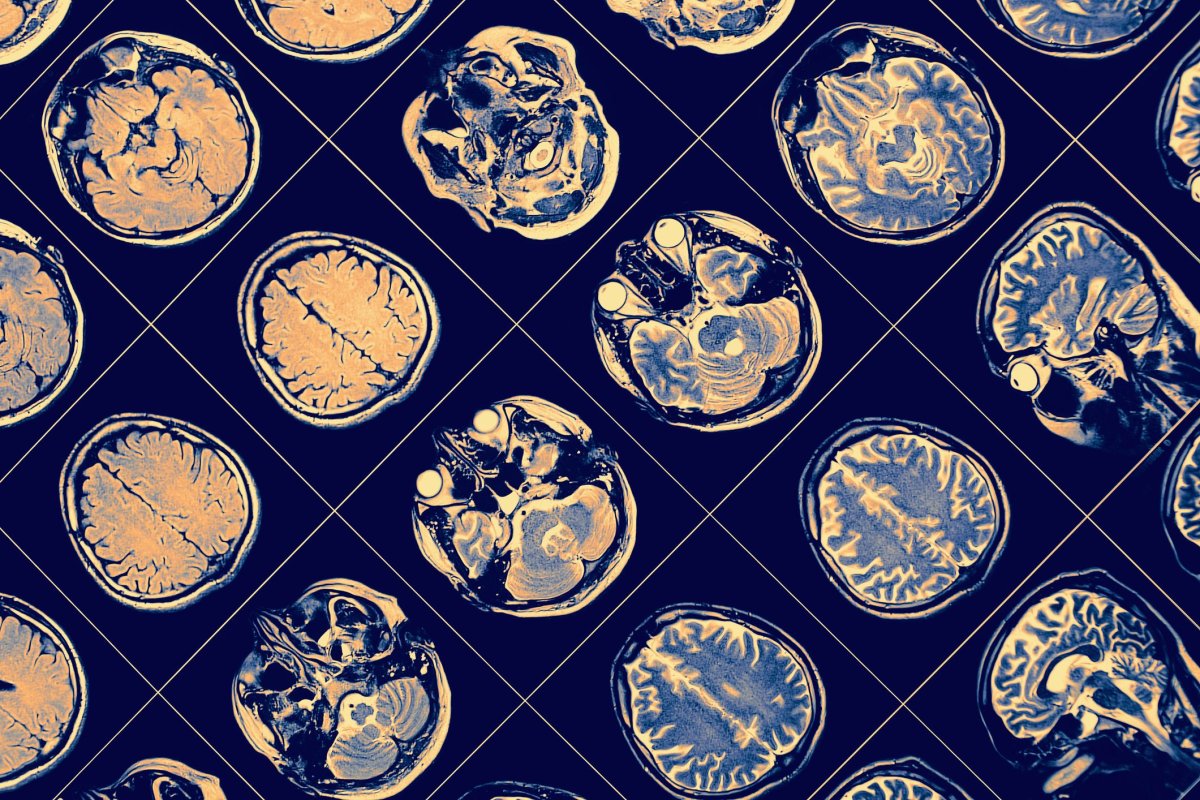Scientists have charted how toxic proteins might creep through the brain and destroy its cells in conditions such as Alzheimer's.
When neurodegenerative conditions such as Alzheimer's disease, Lou Gehrig's disease (also known as amyotrophic lateral sclerosis or ALS) and Parkinson's disease develop in the brain, toxic proteins are thought to gradually spread and build up. Over time, this process kills brain cells, leading to the debilitating symptoms associated with these conditions.
Alzheimer's, Parkinson's and all ALS are conditions of which dementia can be a symptom. Dementia itself is a syndrome which triggers symptoms such as the gradual loss of memory. According to the World Health Organization, around 50 million people have dementia. Alzheimer's is the most common form, accounting for between 60 to 70 percent of cases.
Researchers at the Stevens Institute of Technology used a computer model to map how these proteins might progress through the brain, and published their work in the journal Physical Review Letters.

Read more: Alzheimer's disease could be diagnosed with eye test, research suggests
Dr. Johannes Weickenmeier, professor of mechanical engineering at Stevens Institute of Technology and lead author of the study, was not immediately available for comment. However, he explained in a statement: "This is a first attempt to bridge scales between the cellular level and the whole-organ level."
Computer models of diseases are important tools for researchers because they combine biochemistry with the biomechanics of the brain to provide a "better understand the dynamics of these diseases," he said.
Dr James Pickett, head of research at the Alzheimer's Society charity, who was not involved in the study, told Newsweek: "This innovative computer modeling technique offers a new approach to studying the brain, moving from looking at individual cells or molecules to the brain as a whole, predicting how toxic proteins associated with Alzheimer's spread."
Weickenmeier used software to map the brain with 400,000 virtual pyramids, arranged individually to mirror the folds and curves that make up the organ's structure.
He then took data from diffusion tensor imaging, a type of MRI-based neuroimaging of the brain's white matter tracts, to shows how electrochemical signals pass through the brain.

In the final stage of their research, Weickenmeier and scientists from Stanford University and Oxford University modeled the diseases using equations akin to those that detail how heat spreads in an object.
As these diseases originate in different parts of the brain, by tweaking the starting points the researchers were able to depict how conditions, which vary greatly in their symptoms, progress and cause the organ to atrophy.
Weickenmeier explained: "These patterns of atrophy emerged inherently from our system."
In the future, clinicians could use such models as a diagnostic tool to predict how neurodegenerative diseases might unfold in an individual's brains, while researchers could use it as the basis for studies into treatments.
Dr Sara Imarisio, head of research at the charity Alzheimer's Research U.K., explained to Newsweek: "Most of the diseases that cause dementia involve abnormal proteins, which spread through the brain and trigger damage to nerve cells. The diseases that cause dementia have a variety of symptoms, because these proteins spread to different areas of the brain that control different aspects of how we think and behave.
"While different brain diseases involve different hallmark proteins, this study suggests they may spread through the brain in a similar way. Using a sophisticated digital recreation of the structure of the brain, this study was able to reproduce the characteristic patterns of brain damage seen in different brain diseases.
Understanding how diseases like Alzheimer's spread through the brain is crucial for developing new ways to slow or stop the progression of people's symptoms, she argued.
Uncommon Knowledge
Newsweek is committed to challenging conventional wisdom and finding connections in the search for common ground.
Newsweek is committed to challenging conventional wisdom and finding connections in the search for common ground.
About the writer
Kashmira Gander is Deputy Science Editor at Newsweek. Her interests include health, gender, LGBTQIA+ issues, human rights, subcultures, music, and lifestyle. Her ... Read more
To read how Newsweek uses AI as a newsroom tool, Click here.








